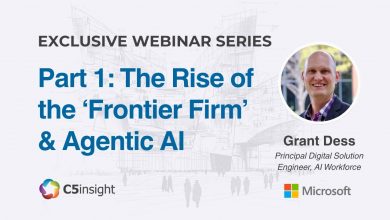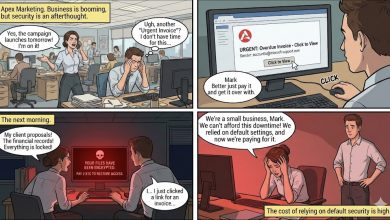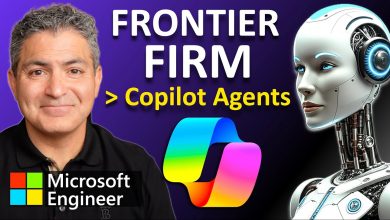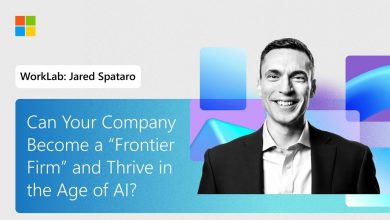Copilot AI – Empowering the Era of the Superworkers
The era of Ai augmented 'superworkers' is here. Success hinges on pairing human ingenuity with AI agents—not just headcount or talent.
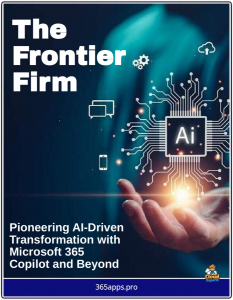 A quiet revolution is transforming ambitious companies: the rise of the Superworker—everyday professionals like accountants, marketers, and managers who now achieve in hours what once required weeks and entire teams.
A quiet revolution is transforming ambitious companies: the rise of the Superworker—everyday professionals like accountants, marketers, and managers who now achieve in hours what once required weeks and entire teams.
Microsoft calls this the ‘Frontier Firm’: a human-led organization augmented by autonomous AI agents. The top 22% of AI adopters—generating three times the returns of laggards—deploy AI across seven functions and build custom solutions.
By 2027, Microsoft predicts 1.3 billion active AI agents in enterprises, tripling current numbers. These tireless agents enhance human judgment, creativity, and relationships with superhuman speed, reach, and analysis.
Ai-Enhanced Productivity
The rapid integration of AI into the workplace is redefining the future of work, giving rise to what Josh Bersin calls the “Superworker“—a professional empowered by AI to achieve unprecedented levels of productivity, creativity, and impact.
Unlike traditional automation, which often replaces human tasks, the Superworker paradigm emphasizes augmentation, where AI tools empower workers to perform tasks more efficiently, make better decisions, and focus on high-value, uniquely human contributions such as innovation, empathy, and strategic thinking.
For example, a Superworker in customer service might use AI to analyze customer data and suggest responses but retain final judgment to ensure empathy and nuance. Bersin argues that this augmentation enhances job satisfaction and organizational outcomes, as workers are freed from mundane tasks to engage in strategic, meaningful work.
Take a mid-level marketer: Using Microsoft 365 Copilot in Agent Mode, she describes a product launch, and agents handle research in 40 languages, draft outreach for 8,000 prospects, run A/B tests overnight, and flag risks. She refines the human elements, delivering results that once needed a dozen specialists.
In sales, AI agents qualify leads and craft personalized sequences 24/7, letting reps focus on relationships. One software firm reported 60% more qualified pipeline with unchanged headcount.
Financial analysts now stress-test scenarios across thousands of variables in seconds via Copilot in Excel, selecting preferred reasoning engines. Work IQ provides real-time insights for operations managers to fix supply-chain issues proactively.
This is exponential amplification: Employees direct AI “orchestras” like conductors, intervening only for ethics or empathy. C-suite roles expand into mini-business units—a supply-chain planner optimizes global inventory like an ops center; a customer manager serves thousands personally via agents.
Microsoft’s Harvard partnership emphasizes cultural shifts: delegating to AI, clear prompting, trust-and-verify, and process redesign. Leadership training builds these skills.
The era of Ai augmented ‘superworkers’ is here. Success hinges on pairing human ingenuity with AI agents—not just headcount or talent. Job descriptions are obsolete; limits are now imagination alone.
Super Agency
McKinsey’s Superagency in the Workplace echoes this, estimating $4.4 trillion in productivity gains from AI’s enhanced reasoning, agents, and multimodality. Yet only 1% of firms are AI-mature, with leadership as the barrier—employees are readier, with 47% expecting 30% task replacement soon. Trust issues (51% cite cybersecurity/privacy) persist, but bold roadmaps, training, and ethics can unlock potential, avoiding competitive decline.
Key enablers of the Superworker include generative AI, low-code platforms, and integrated systems that break down data silos, allowing seamless collaboration between humans and AI agents.
Adopting Microsoft 365 Copilot transforms workflows in Teams, Word, Excel, and Outlook, streamlining tasks and boosting creativity. Marketing crafts personalized campaigns; service cuts response times. It democratizes innovation, summarizing docs and generating reports to free time for strategy.
Copilot enhances collaboration via Microsoft Graph for real-time insights, enabling agile decisions. Custom agents automate workflows like compliance, driving efficiency. With Purview for security, it ensures ethical use and quantifies gains via the AI Value Framework—fostering resilience, productivity, and leadership in an AI future.
Human Agency Scale
This Cornell University research “Future of Work with AI Agents: Auditing Automation and Augmentation Potential across the U.S. Workforce” introduces the ‘Human Agency Scale‘ (HAS), a novel metric designed to quantify the level of human involvement or control desired in workplace tasks when integrating AI agents. It aims to capture workers’ preferences for how much autonomy, decision-making, or oversight they wish to retain in tasks that could be automated or augmented by AI.
The HAS evaluates the extent to which workers want to maintain control over tasks versus delegating them to AI systems. It addresses concerns about loss of human agency and overreliance on automation in the workplace.
The scale likely assigns numerical or categorical values to reflect varying degrees of desired human involvement. For example, a task might score high on the HAS if workers prefer to retain significant decision-making authority (e.g., in creative or interpersonal tasks) and low if they are comfortable with full automation (e.g., repetitive data processing).
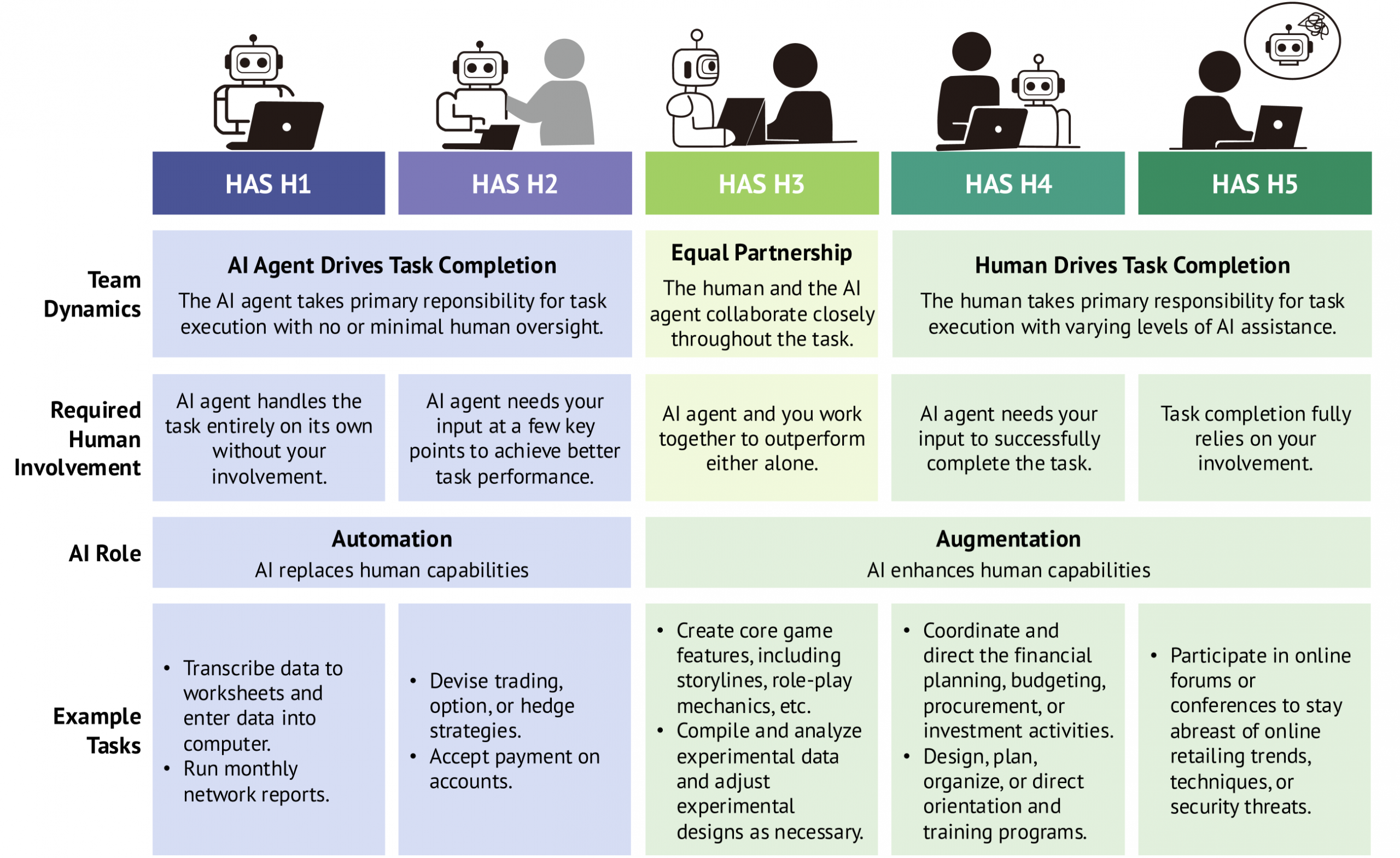
The scale provides a structured way to assess the balance between human agency and AI intervention across various occupational tasks. The HAS highlights tasks where human agency is valued, such as those involving interpersonal interactions, ethical judgments, or complex decision-making, versus tasks where automation is preferred, like routine or repetitive activities.
For instance, a task like data entry, which involves repetitive entry of numerical data into spreadsheets, might score low, around a 2 out of 10, as workers likely favor AI handling such routine tasks with minimal human oversight, perhaps limited to error checking. This aligns with the article’s finding that information-processing tasks are prime candidates for automation.
In contrast, a task like client relationship management, which requires emotional intelligence and nuanced communication to build trust, would likely score high, around a 9 out of 10. The research emphasizes that workers value maintaining control over interpersonal tasks, preferring AI to provide augmentation, such as data insights, rather than full automation.
Similarly, creative content development, such as writing marketing copy or designing campaigns, might score around an 8 out of 10, as workers prioritize human oversight for creative output while allowing AI to assist with drafting or ideation.
Conclusion
As enterprises transition towards full Agentic Process Automation they must navigate challenges like integration complexity, cultural resistance, and ethical governance to fully realize this potential.
By aligning AI adoption with worker preferences, as guided by the HAS, organizations can foster a future where Superworkers thrive, blending human ingenuity with AI-driven efficiency to drive innovation and maintain competitive advantage in an increasingly dynamic global landscape.
